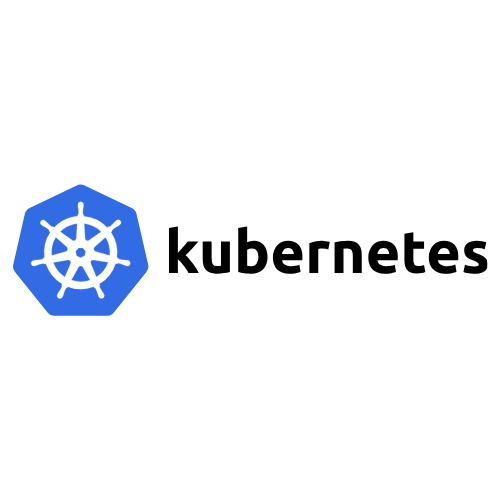
In today’s data-driven world, efficient data storage and management are critical for application performance. This project aims to design and build a comprehensive collection of scripts to streamline the process of deploying and managing on Kubernetes. By leveraging automation and scripting techniques, the project focuses on ensuring high availability, scalability, and optimal performance.
The Challenges We Met
The implementation of this project brought forth a series of challenges that demanded meticulous consideration and adept problem-solving. Some of the notable challenges encountered during the process were as follows:
Optimal performance configuration: The task of configuring the Redis cluster to achieve optimal performance entailed precise tuning of various parameters, such as memory limits, eviction policies, and persistence options. Ensuring that the cluster was aptly configured to handle the projected workload was of paramount importance.
Secure communication between nodes: Establishing secure communication channels between cluster nodes was imperative to safeguard sensitive data and prevent unauthorized access. The implementation of encryption and authentication mechanisms posed a significant challenge, requiring thoughtful attention.
Managing cluster state and data persistence: The project necessitated ensuring that the cluster state and data were persistently and consistently maintained across the nodes. Addressing this challenge involved setting up robust replication and failover mechanisms to uphold data integrity and availability.
Technology Stacks





How Did We Built It?
To overcome the challenges and ensure a successful implementation, we harnessed a powerful combination of tools and technologies, each playing a vital role in the process:
Kubernetes: At the core of our strategy, Kubernetes, the robust container orchestration platform, provided the ideal foundation for managing the Redis cluster. Its seamless deployment, efficient scaling, and reliable management capabilities ensured the cluster’s high availability and fault tolerance.
Redis: As the heartbeat of our project, Redis, the in-memory data structure store, played a pivotal role in data caching and storage within the cluster. Its impressive robustness and exceptional performance characteristics were key in achieving our project’s ambitious goals.
Helm: Our reliance on Helm, the Kubernetes package manager, significantly streamlined the deployment and management of the Redis cluster. Through the use of Helm charts, we effortlessly configured and deployed the Redis cluster, minimizing manual intervention and fostering consistent and reliable operations.
YAML: To define Kubernetes resources like pods, services, and deployments, we turned to YAML configuration files. This approach allowed us to articulate the desired state of the Redis cluster with precision and versatility, enabling us to customize its configuration as needed.
Bash scripting: Automation scripts crafted with Bash scripting proved invaluable in handling various facets of the Redis cluster setup, configuration, and scaling. These meticulously designed scripts not only expedited repetitive tasks but also ensured easier maintenance and seamless management of the cluster.
The strategic amalgamation of these tools and technologies fortified our implementation process, enabling us to conquer challenges and achieve a well-orchestrated Reddis cluster configuration.

The Conclusion
This case study demonstrated the power of automation, scripting, and Kubernetes in streamlining the deployment and management of a Redis cluster. By leveraging technologies like Kubernetes, Redis, Helm, YAML, and Bash scripting, we achieved significant improvements in cluster setup, configuration, and scalability. This case study highlights the importance of effective configuration, secure communication, and robust data persistence when deploying this feature on Kubernetes. The key learnings gained from this project will guide future endeavors involving Redis and Kubernetes integration, enabling enhanced data management capabilities and application performance.
